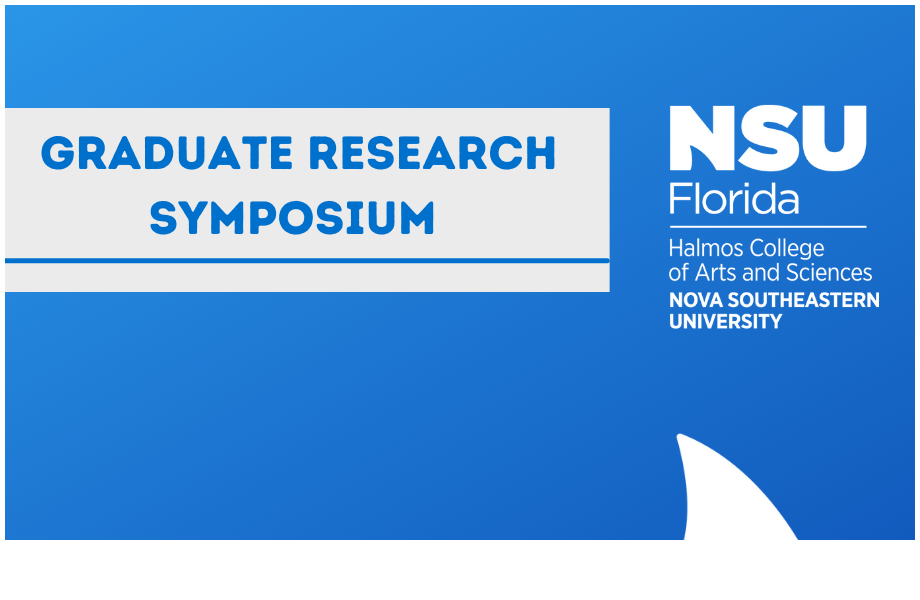Effects of ocean warming, increased sedimentation, and parental genotype and location on the post-settlement survival and growth of Acropora cervicornis recruits
Location
Guy Harvey Oceanographic Center Facility
Start
1-31-2018 11:15 AM
End
1-31-2018 11:30 AM
Type of Presentation
Oral Presentation
Abstract
Ocean warming and local anthropogenic stressors, such as increased sedimentation from dredging and construction activities, are major threats to the persistence of corals. While the singular effects of increased temperature and sedimentation on corals have been extensively studied, their additive effects remain poorly understood, particularly on the early life history stages. The objectives of this study were to 1) assess the synergistic effects of increased temperature and sedimentation on the post-settlement survival and growth of Acropora cervicornis and 2) determine the potential for parental effects (genotype and location) on survival and growth of the offspring under those stressful conditions. Adult A. cervicornis colonies were collected from Broward County for spawning and adult colonies in the Florida Keys were monitored in the field during predicted spawning times. Gametes were collected from 4 genotypes in Broward County and 4 genotypes in the Florida Keys, which resulted in 5 genotypic crosses from each location. Gametes were collected and brought back to the laboratory for fertilization and settlement. The resulting newly settled recruits were reared in 2 temperatures (29 and 31°C) and 4 deposited sediment concentrations (0, 30, 60, and 120 mg/cm2, corresponding to 0, 2.3-4.6, 7.13-11.6, and 18.9-19.9 NTUs). Their survival and growth was determined weekly over 3 months. The highest sediment concentration drastically reduced survival in both ambient and heated conditions. Recruit survival was higher in ambient conditions under 30 and 60 mg/cm2 sediment concentrations than in heated conditions. Two genotypic crosses from the Florida Keys demonstrated the highest survival. However, there were no apparent differences in recruit growth rates between the temperature, sedimentation, and parental genotype and location treatments. These outcomes suggest that reducing sedimentation to below 34.4 NTUs during dredging and construction events may allow for the persistence of this species under future ocean warming conditions.
Effects of ocean warming, increased sedimentation, and parental genotype and location on the post-settlement survival and growth of Acropora cervicornis recruits
Guy Harvey Oceanographic Center Facility
Ocean warming and local anthropogenic stressors, such as increased sedimentation from dredging and construction activities, are major threats to the persistence of corals. While the singular effects of increased temperature and sedimentation on corals have been extensively studied, their additive effects remain poorly understood, particularly on the early life history stages. The objectives of this study were to 1) assess the synergistic effects of increased temperature and sedimentation on the post-settlement survival and growth of Acropora cervicornis and 2) determine the potential for parental effects (genotype and location) on survival and growth of the offspring under those stressful conditions. Adult A. cervicornis colonies were collected from Broward County for spawning and adult colonies in the Florida Keys were monitored in the field during predicted spawning times. Gametes were collected from 4 genotypes in Broward County and 4 genotypes in the Florida Keys, which resulted in 5 genotypic crosses from each location. Gametes were collected and brought back to the laboratory for fertilization and settlement. The resulting newly settled recruits were reared in 2 temperatures (29 and 31°C) and 4 deposited sediment concentrations (0, 30, 60, and 120 mg/cm2, corresponding to 0, 2.3-4.6, 7.13-11.6, and 18.9-19.9 NTUs). Their survival and growth was determined weekly over 3 months. The highest sediment concentration drastically reduced survival in both ambient and heated conditions. Recruit survival was higher in ambient conditions under 30 and 60 mg/cm2 sediment concentrations than in heated conditions. Two genotypic crosses from the Florida Keys demonstrated the highest survival. However, there were no apparent differences in recruit growth rates between the temperature, sedimentation, and parental genotype and location treatments. These outcomes suggest that reducing sedimentation to below 34.4 NTUs during dredging and construction events may allow for the persistence of this species under future ocean warming conditions.


